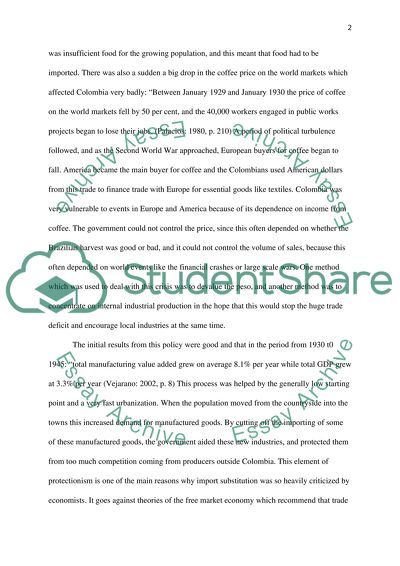Retrieved from https://studentshare.org/macro-microeconomics/1408453-the-policy-of-import-substitution-industrialisation-in-colombia
https://studentshare.org/macro-microeconomics/1408453-the-policy-of-import-substitution-industrialisation-in-colombia.


